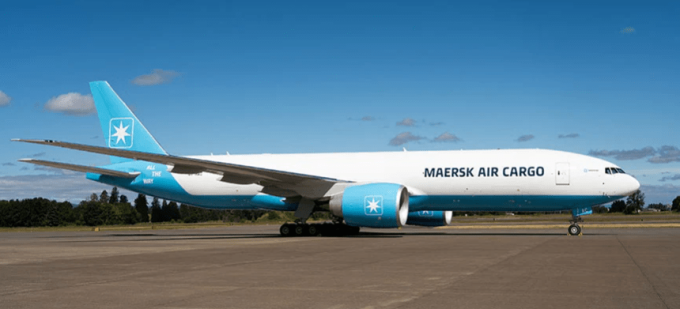Mærsk and Saudi Post form strategic partnership
PRESS RELEASE Global eCommerce businesses operating in Saudi Arabia set to benefit as Maersk and Saudi ...

Maersk’s new 777 freighter offers much-needed capacity into a hectic air cargo market, but some clients could be put “on the back-burner” in favour of those shipping low-paying ecommerce, according to a source.
The Danish carrier’s new aircraft began service from China to Europe on ...

Comment on this article